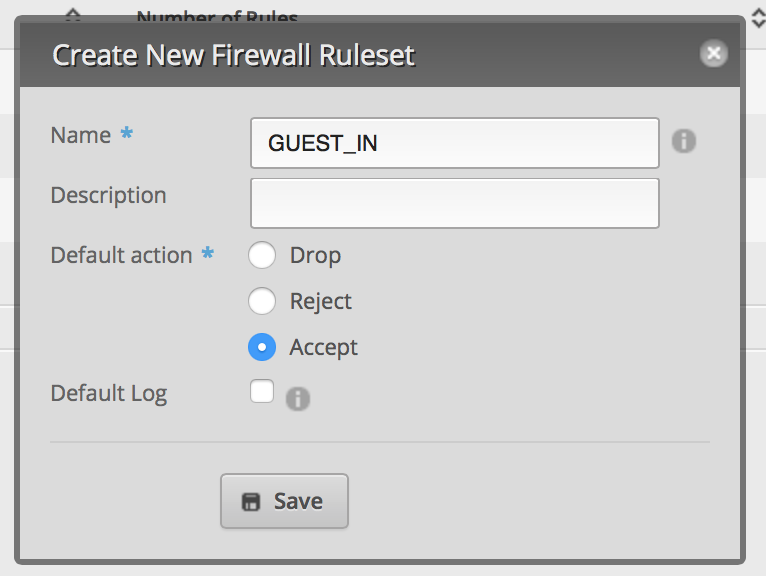Hey everyone, I have my main switch with one port specified as a Vlan for my cameras which is connected to another switch with a blue iris pc and all of the cameras. As a networking noob i’m a little confused about one thing.
To setup my first cam, I first disabled WAN access by setting a false gateway ip in the NIC properties under ipv4 settings. After messing with all of the camera settings I then set a different static ip and set another false gateway ip in the camera settings. I then changed the ip address on my NIC to the default settings to get internet on the PC. After setting a firewall rule for WAN out specifically for the camera, I then fixed the false gateway ip on the camera.
My question is, was all of this unnecessary since I setup a Vlan? For the rest of the cameras, could I just setup the Vlan with a Wan out firewall rule so that everything connected to the switch on that port only has LAN access only?
Any help would be greatly appreciated, thanks!
To setup my first cam, I first disabled WAN access by setting a false gateway ip in the NIC properties under ipv4 settings. After messing with all of the camera settings I then set a different static ip and set another false gateway ip in the camera settings. I then changed the ip address on my NIC to the default settings to get internet on the PC. After setting a firewall rule for WAN out specifically for the camera, I then fixed the false gateway ip on the camera.
My question is, was all of this unnecessary since I setup a Vlan? For the rest of the cameras, could I just setup the Vlan with a Wan out firewall rule so that everything connected to the switch on that port only has LAN access only?
Any help would be greatly appreciated, thanks!


